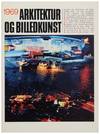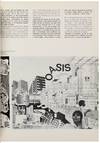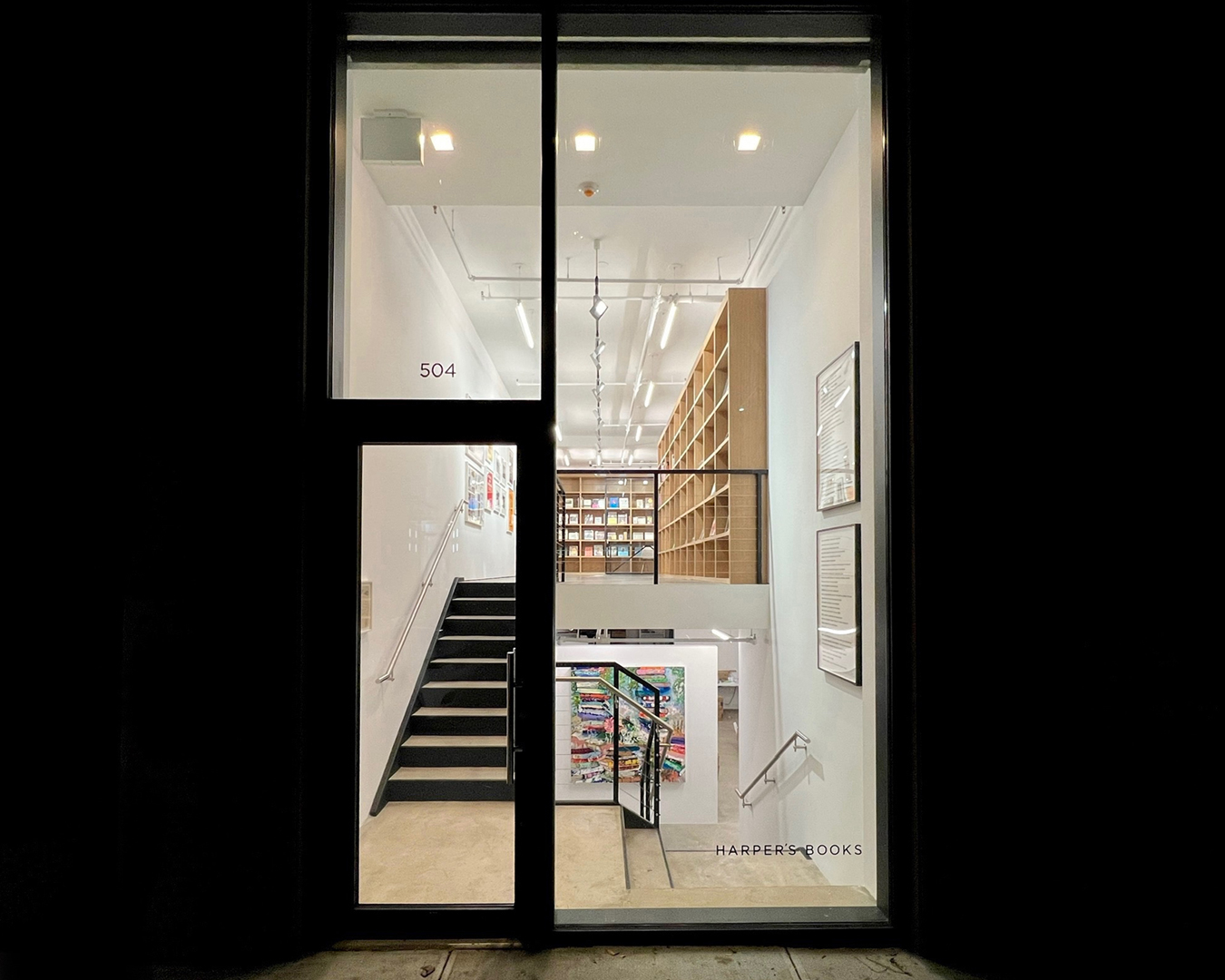Carousel content with 1 slides.
A carousel is a rotating set of images, rotation stops on keyboard focus on carousel tab controls or hovering the mouse pointer over images. Use the tabs or the previous and next buttons to change the displayed slide.
-
 Slide 1:
Slide 1:
-
 Slide 2: no title
Slide 2: no title -
 Slide 3: no title
Slide 3: no title -
 Slide 4: no title
Slide 4: no title -
 Slide 5: no title
Slide 5: no title -
 Slide 6: no title
Slide 6: no title -
 Slide 7: no title
Slide 7: no title -
 Slide 8: no title
Slide 8: no title -
 Slide 9: no title
Slide 9: no title -
 Slide 10: no title
Slide 10: no title -
 Slide 11: no title
Slide 11: no title -
 Slide 12: no title
Slide 12: no title -
 Slide 13: no title
Slide 13: no title -
 Slide 14: no title
Slide 14: no title -
 Slide 15: no title
Slide 15: no title -
 Slide 16: no title
Slide 16: no title -
 Slide 17: no title
Slide 17: no title -
 Slide 18: no title
Slide 18: no title -
 Slide 19: no title
Slide 19: no title -
 Slide 20: no title
Slide 20: no title -
 Slide 21: no title
Slide 21: no title -
 Slide 22: no title
Slide 22: no title -
 Slide 23: no title
Slide 23: no title -
 Slide 24: no title
Slide 24: no title -
 Slide 25: no title
Slide 25: no title -
 Slide 26: no title
Slide 26: no title -
 Slide 27: no title
Slide 27: no title -
 Slide 28: no title
Slide 28: no title -
 Slide 29: no title
Slide 29: no title -
 Slide 30: no title
Slide 30: no title -
 Slide 31: no title
Slide 31: no title -
 Slide 32: no title
Slide 32: no title -
 Slide 33: no title
Slide 33: no title
1966-1970
by KIRKEBY, Per and Various Others
Copenhagen, 1966-1970. Minor scuffing to some of the illustrated wrappers, with scattered foxing to their versos, else a near fine set. An impressive chronicle of the international avant-garde of the 1960s, situated within its broader post-War contexts.. Artist's magazine (all published). Small quarto. An entire run of 17 volumes from this pioneering Danish arts journal, co-edited by the hyper-disciplinary artist Per Kirkeby; one of Denmark's most celebrated painters. Emerging as an illustrated review of post-War painting, sculpture, and cinema (e.g. Mark Tobey, Alberto Giacometti, Sergei Eisenstein), the journal gradually came to embrace avant-garde (truncated) tendencies from both Europe and America (e.g. Joseph Beuys, John Cage, Henry Flynt, Guerilla Art Action Group), with a growing appetite for architecture and new media. So much so that the annual 1969 issue, which broke from the journal's quarterly structure, explicitly adopted architecture as part of its new title (Arkitektur og Billedkunst), with its contents arranged into three broad themes: Utopia, Escapism, and Reality. Notably, in addition to an essay by Nam June Paik on the emergence of digital culture, as well as a rich representation of Archigram projects, this issue featured arguably the earliest articulation of cyberspace—over a decade before William Gibson—from the artist/architect duo Susanne Ussing and Carsten Hoff ("Form, Rum, Natur, Computer"). By the final year of publication (1970), as themes became more political (e.g. Situationism, radical urbanism, post-structuralism), Per Kirkeby had officially joined the editorial board—having earlier contributed an impressive range of content: a psychedelic cartoon interpreting Henry David Thoreau's Walden, a photographic essay on Copenhagen's bus network, an exploration of arctic geology, and a treatise on Pop Art as History. Contents thoroughly illustrated, often in color, including installation and performance views. Text in Danish, with some English. This set accompanied by prospectus materials and/or press releases from 1966, 1967, 1969, and 1970, as well as the folded color poster (Fisse Er Godt Nok) designed by Bjørn Nørgaard and Erik Hagens for the final issue.
(Inventory #: 31168)



